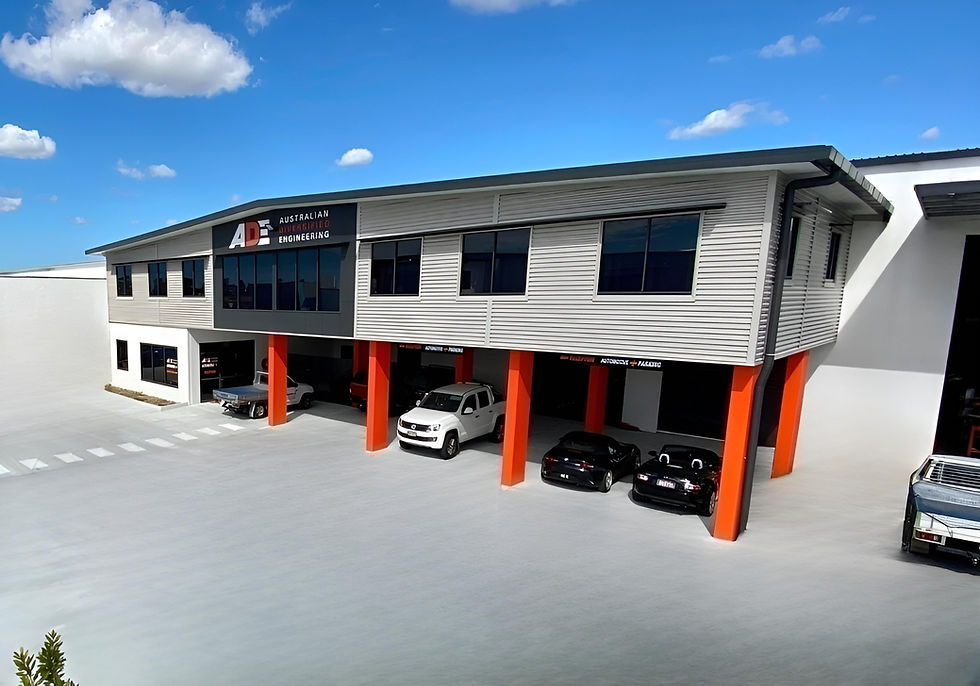
We’ll be open throughout the Christmas period to continue supporting our customers.
Thank you for your ongoing partnership and we wish all our customers & suppliers a very Merry Christmas and a Happy & Prosperous New Year.
from the team at ADE

Industry leading
WATER DELIVERY SYSTEMS
and custom engineered
MINING TECHNOLOGIES

A track record you can trust!
At Australian Diversified Engineering (ADE), we bring innovation to life through a seamless integration of engineering expertise, technical knowledge and local manufacturing excellence.
From industry leading water delivery systems to custom engineered mining technologies, our locally designed and manufactured products are built to perform, built to last and built with our customers in mind.
Our dedicated team of experienced engineers, forward-thinking R&D division, skilled technical specialists and expert fabrication, mechanical and electrical teams, work together to design and deliver high performance solutions built for the toughest environments.
Mining truck WATER DELIVERY systems
Haul road dust suppression
ADE's retrofit water delivery systems are trusted across the mining and civil sectors for their reliability, safety and efficiency in haul road dust suppression and water management. That’s why every product we design and build, has one purpose – to make mine sites safer, smarter and more reliable!

ADE are proud to be the industry leader in mining truck WATER DELIVERY SYSTEMS for haul road dust suppression

Mining truck ACCESS SYSTEMS
At ADE, safety isn’t optional –
it’s engineered into everything we do!
Our industry-leading ACCESS SYSTEMS are purpose-built to provide safer, more efficient access to mining and heavy industry equipment, helping you protect your most valuable asset: your people.
Our systems provide operators and maintenance personnel with a safer method of accessing operator cabs and service points on high standing equipment, along with reducing fall risks, improving visibility and providing confidence for maintenance teams and operators.


About ADE
Established in 1989, Australian Diversified Engineering (ADE) is proudly 100% Australian owned and operated and has supported the mining industry for over three decades.
With our head office based in Brisbane, Queensland and additional locations in Perth, Mackay and Newcastle, we are strategically positioned to deliver responsive support and solutions to mining operations across the country.
ADE works with some of the largest and most respected mining companies in Australia, as well as internationally in North & South America, Canada and South Africa.
The ADE approach
At ADE, we pride ourselves on providing first-class customer service and support. Our team is dedicated to understanding the unique needs of every operation and delivering reliable, results-driven solutions backed by expert advice and ongoing technical assistance.
Our reputation is built on a foundation of engineering excellence, innovative product development and a commitment to delivering practical, high-performance solutions for the harshest mining environments.
By supplying superior designed and engineered products, ADE's goal is to empower operators and maintenance teams to make safer decisions every day!
plus ...
Our commitment doesn’t end at delivery – we back every product with dedicated aftersales service and technical support.
Every product we create, undergoes countless hours of rigorous testing and refinement, ensuring it not only meets industry standards but exceeds them!
We champion local manufacturing by partnering with trusted suppliers and utilising only the highest quality materials and components.
We have readily available spare parts to keep your equipment performing at its best for years to come.
This collaborative and quality-driven approach allows us to continually push the boundaries of innovation, providing reliable, purpose-built solutions that support the mining and heavy industries – not just in Australia but across the world.

ADE designed and built
ADE designed and build products that are engineered to perform, built to last and tailored to your exact requirements. From concept to reality, our experienced team will work with you to bring your idea to life. All work is approved by registered and professional engineers in line with ISO9001 certified design processes, so you know you are getting the highest quality, fit for purpose solution.

ADE's products are engineered for ultimate performance, precision and durability
.png)


